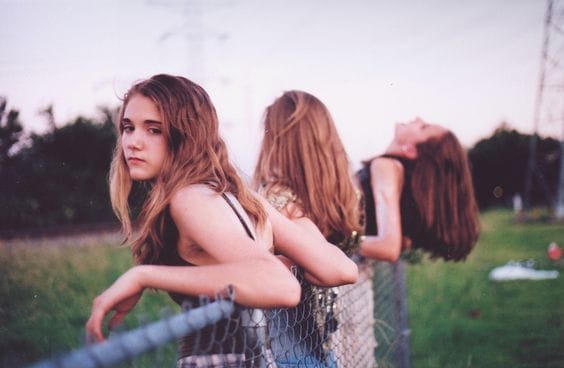Prescription drugs are one of the easiest drugs to obtain.
Often times, it’s as simple as going into the medicine cabinet at home, at a neighbor’s house, a friend’s house or a family member’s home. This ease of accessibility coupled with the curiosity and natural rebelliousness of teenagers is a recipe for experimentation, sneakiness, and even mimicry of parental actions.
Some kids start using prescription drugs because they are trying to inappropriately cope with their stress or anxiety; some use it to try to get an “in” with a certain crowd. There are those, too, who have been prescribed a medication for one thing, notice a “benefit” for something else (like more focus on a test), and begin misusing it or sharing it with their friends.
According to the Office of National Drug Control Policy, more than 71, 000 children ages 18 and under are seen in the ER for unintentional overdoses of prescription and over-the-counter drugs.
- Two-thirds (66%) of teens who report abuse of prescription medications get them from friends, family, and acquaintances.
- Among young people ages 12-17, prescription drugs are the second most abused drug (behind marijuana)
- Teens ages 12-17 have the second-highest annual rates of prescription drug abuse; young adults 18-25 have the highest rate.
- Every day, 2700 teens try prescription drugs for the first time with the intent of getting high.
- Nearly one in four teens have taken a prescription medication that was not prescribed to them.
- One in three teens report being offered a prescription drug or OTC medication for the purpose of getting high.
- One in three teens report having a close friend who abuses prescription pain medications.
- One in four teens report having a close friend who abuses cough medicine to get high.
- One in 10 teens report abusing cough medicine to get high.
Parents need to take preventative actions with all of their medications. Do you safely dispose of unused medications? Or do they reside in the dark corners of your medicine cabinet, collecting dust on their exhausted expiration dates? Are they loosely out on a counter or tabletop which is easily accessible? Now is the time to batten down the hatches, so to speak, and take some preventative measures. Our kids watch us all the time; they learn from our actions and reactions, and they often mimic us so it behooves us to behave in a way that we would like to see our children behave. Trust me, seeing my son say something sarcastic and realizing he’s just mimicking me is mortifying, and that’s just sarcasm! Kids will try anything on, and if taking a lot of medications is part of your habitual behavior, they will try that on too.
- Communicate with your kids and educate them about the risks of prescription drug abuse. Be honest and age appropriate.
- Don’t take medications that aren’t prescribed to you. (A recent study by The Partnership at Drugfree.org showed that 27 percent of parents have taken a prescription medicine without having a prescription for it themselves.)
- Store your medications in a secure place.
- Count and monitor the amount of pills you have before you lock them up.
Prescription drugs are being hailed as the new gateway drug.
More often than not, one begins with prescription opiates and ends up using and abusing street drugs. The reality is, once the medicine cabinets are depleted and the sheer cost of Oxycontin, Vicodin, etc., becomes prohibitive, the path inevitably darkens.
Stay aware. Tap into the multitude of resources like SAMHSA, Partnership for a DrugFree America, and the Medicine Abuse Project for more information and free pamphlets. If you suspect your child is abusing prescription drugs or any drugs, seek help.
Resources for this blog:
Partnership for Drug Free America
Originally posted on February 12, 2014 @ 1:36 am








